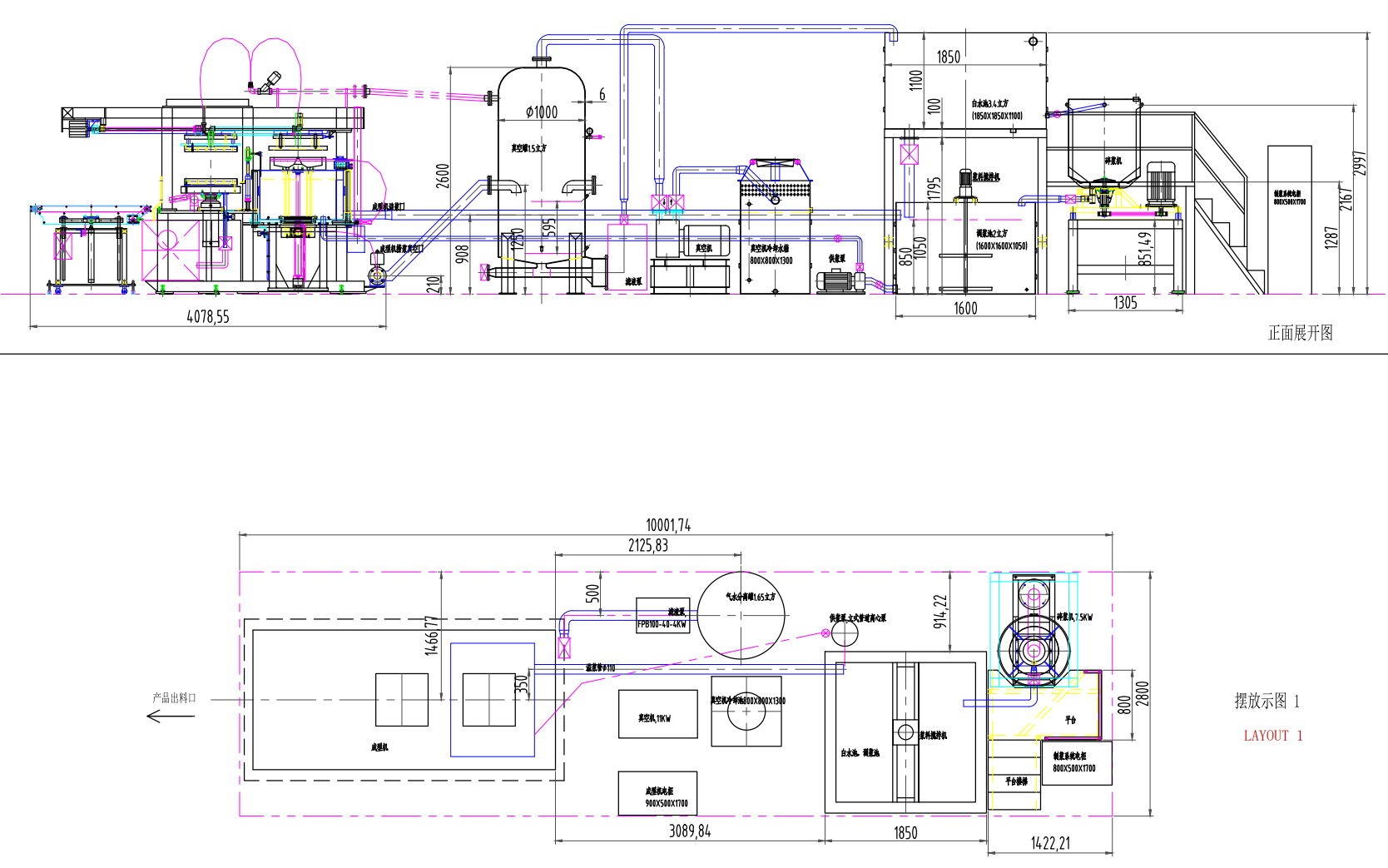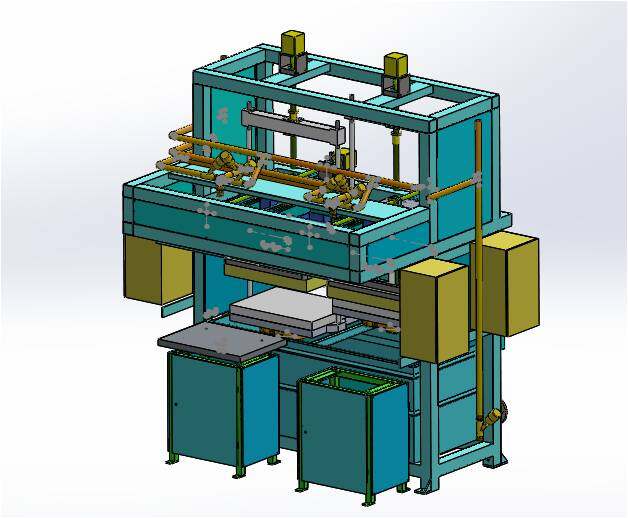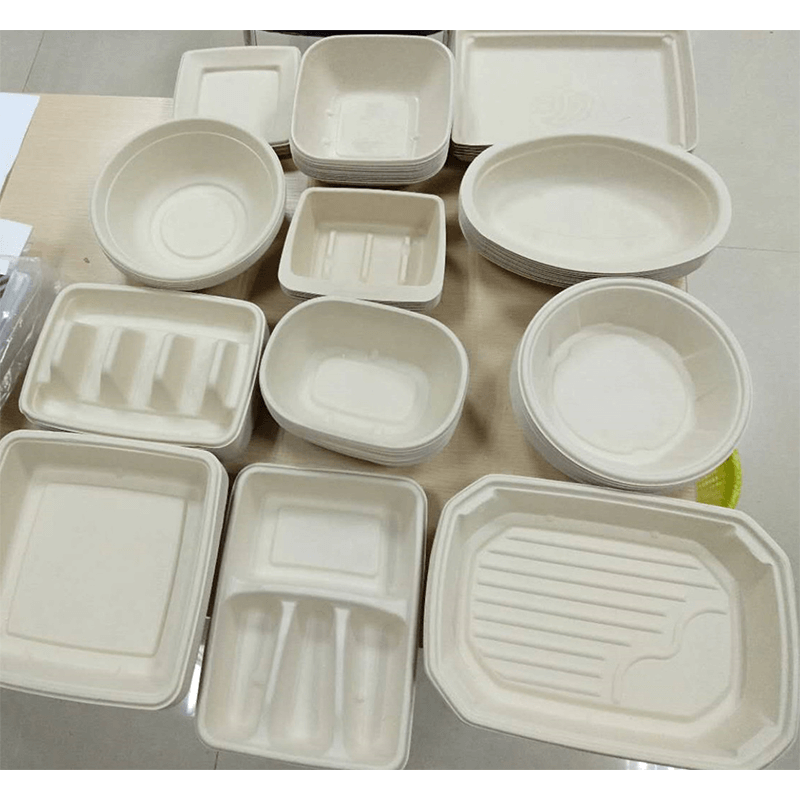The global molded pulp tableware market size reached USD 4.2 billion in 2024, reflecting robust demand driven by the global shift towards sustainable packaging solutions. The market is experiencing a healthy compound annual growth rate (CAGR) of 6.8% from 2025 to 2033. By the end of 2033, the molded pulp tableware market is forecasted to attain a value of USD 7.9 billion. This growth is primarily attributed to increasing environmental regulation, growing consumer awareness about eco-friendly products, and the expansion of the food service industry worldwide.
One of the most significant growth factors propelling the molded pulp tableware market is the escalating global concern over plastic waste and its detrimental impact on the environment. Governments and regulatory bodies in several countries have imposed strict bans and restrictions on single-use plastics, compelling manufacturers and end-users to seek sustainable alternatives. Molded pulp tableware, produced from renewable resources such as wood pulp, bagasse, and recycled paper, is emerging as a preferred solution. Its biodegradability and compostability align with green initiatives and corporate sustainability goals, making it a favored choice across food service, hospitality, and institutional sectors.
Another crucial driver is the rapid expansion of the food service industry, especially in emerging economies. The proliferation of quick-service restaurants, cafes, and catering businesses has led to a surge in demand for disposable and convenient tableware. Molded pulp tableware, being cost-effective and customizable, serves as an ideal fit for these applications. In addition, the COVID-19 pandemic has heightened the need for hygienic, single-use tableware, further accelerating market growth. The continuous innovation in design and manufacturing processes, including improved strength, water resistance, and aesthetics, has enhanced the utility and appeal of molded pulp products, thus broadening their application scope.
The increasing consumer preference for sustainable and health-conscious lifestyles is also shaping the trajectory of the molded pulp tableware market. Modern consumers are more informed about the environmental impact of their choices and are actively seeking products that are both functional and eco-friendly. This shift is further supported by retailers and brands that are adopting green packaging as part of their corporate social responsibility (CSR) initiatives. The integration of molded pulp tableware into premium and specialty food segments, as well as its adoption in household and institutional settings, is expected to create new growth avenues in the coming years.
Regionally, Asia Pacific dominates the global molded pulp tableware market, accounting for the largest share in 2024, followed by North America and Europe. The Asia Pacific region benefits from a large population base, rapid urbanization, and government policies promoting sustainable packaging. North America and Europe are witnessing steady growth due to stringent environmental regulations and high consumer awareness. Latin America and the Middle East & Africa, though smaller in market size, are expected to register significant growth rates owing to increasing investments in food service infrastructure and rising environmental consciousness.
Global Molded Pulp Tableware Industry Outlook
Product Type Analysis
The product type segment of the molded pulp tableware market is categorized into plates, bowls, trays, cups, cutlery, and others. Plates hold the largest share within this segment, driven by their widespread use in food service establishments, catering events, and household applications. The convenience, durability, and eco-friendly nature of molded pulp plates make them a popular choice for both commercial and residential end-users. Bowls and trays are also gaining traction, particularly in takeaway and delivery services, where the need for sturdy and leak-proof packaging is paramount. The demand for molded pulp cups is on the rise in cafes and beverage outlets, especially in regions where single-use plastics are banned or heavily taxed.
www.growthmarketreports.com











